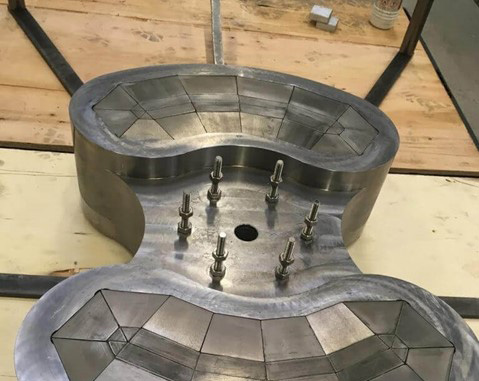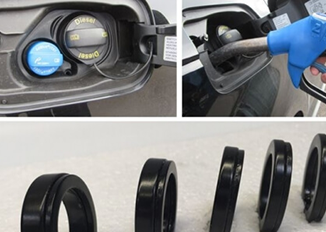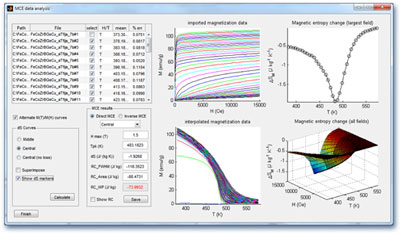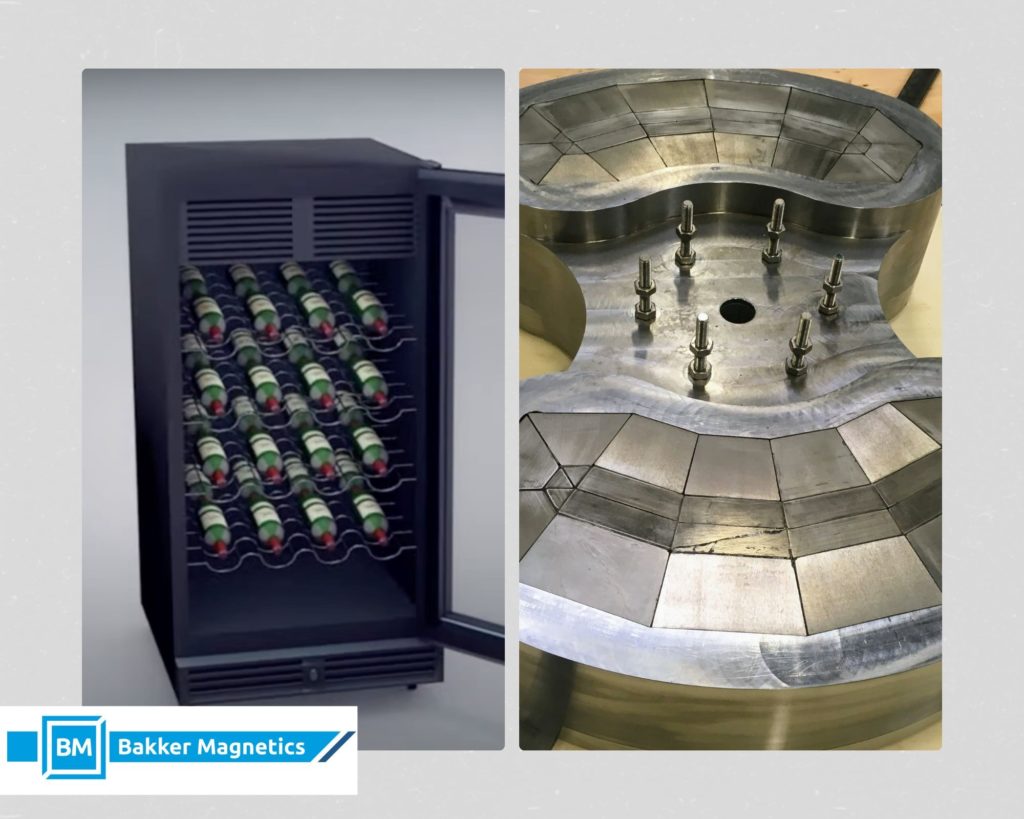
As the demand for efficient and environmentally-friendly cooling solutions continues to grow, magnetically-based cooling systems have emerged as a cutting-edge technology. Bakker Magnetics, now offers innovative cooling solutions that utilize the power of magnets, providing the most advanced and effective cooling options available.
A great example of these cooling solutions is the magnetocaloric effect, which refers to the thermal response of certain materials to variations in a magnetic field. Researchers at the Federal University of Santa Catarina are using this effect to develop an energy-efficient magnetocaloric wine cooler that has the potential to revolutionize the (wine) cooling industry.
Hallbach magnets are a crucial part of this technology. This is where Bakker’s knowledge and experience comes into play. Configuring Hallbach magnet arrays can be a challenging process due to their exceptionally strong magnetic forces. However, the team of experts at Bakker Magnetics has the knowledge and experience needed to tackle even the most complex Hallbach magnet configurations.
Researchers at POLO are currently developing an energy-efficient magnetocaloric wine cooler that relies on the magnetocaloric effect. This is the thermal response of certain materials to changes in a magnetic field. The cooler utilizes Active Magnetic Regenerators (AMRs) that work together with the magnet to create a refrigeration effect similar to that of a compressor in a traditional fridge.
Innovation
This innovation – basically a heat pump – could potentially contribute to the goal of a CO2-neutral Europe. In addition to sustainable cooling, this versatile system can also provide space heating and hot water. Conceivable applications include refrigerators, wine coolers and air conditioners. But this energy-efficient technology also has very interesting implications when it comes to cooling processes on a larger industrial scale.
Expertise
Bakker draws on its expertise to assemble the magnetic part of this pump and the magnetic forces involved, using highly complex Halbach arrays in the process. A precise and accurate approach is key. This is one of the most complex systems that Bakker has ever built; one of our employees spent six months assembling the magnetic component of this innovation. The project makes use of a so-called magnetocaloric heat pump, in which the magnetocaloric properties of certain metals are crucial. These properties operate in a limited critical temperature range.
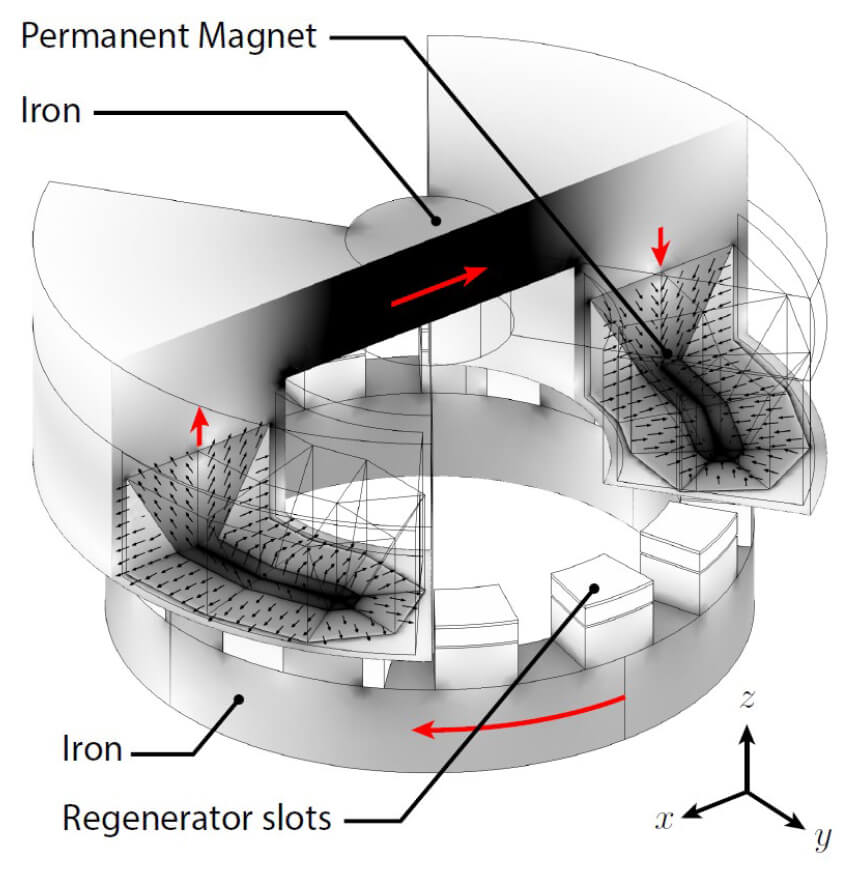
Collaboration
Bakker Magnetics’ collaboration with the university stems from a long-standing relationship based on our years of experience and knowledge of magnetism, materials, adhesive properties, coatings and the dangers involved in working with magnetism. Bakker Magnetics also cooperates with other universities in the field of applied magnetism. In addition to the Federal University of Santa Catarina in Brazil, we also work with the University of Salerno, the University of Ljubljana and the University of Denmark .

